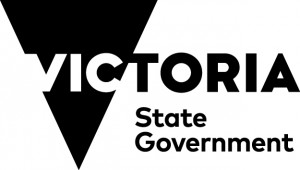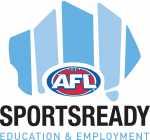- 11 of the 37 NSOs highlighted in the report (or 29%) have less than 20% representation of women on their board.
- 2 NSOs have no women on their board.
- Hockey Australia was the standout with 55% representation.[3]
- 27% of SSAs we reviewed had less than 20% women on their board.
- 7 SSAs had no women on their board.
- 17 SSAs (or 20%) had more than 50% of women on their boards.
- Gender diverse boards allocate more effort to monitoring practices, indicating companies with women in key board committee roles (such as risk and audit) perform better[4]
- A study found that boards in Canada with three or more female directors took more responsibility for their approach to governance issues, verifying the integrity of audit information and ensuring conflict of interest guidelines, amongst other measures, were met. [5]
- Expanding the pool of directors also alleviates other corporate governance problems such as directors serving on too many boards, having overly long tenure, and interlocking relationships/conflicts of interest. [6]
- Companies with at least one woman on their boards may reduce their risk of bankruptcy.[7]
[1] http://www.ausport.gov.au/ais/australias_winning_edge/sports_tally_2014 [2] http://www.ausport.gov.au/ais/australias_winning_edge/mandatory_sports_governance_principles/board_composition_and_operation [3] http://www.smh.com.au/sport/sports-boards-failing-on-female-representation-20140403-zqq6z.html [4] Adams, R., & Ferreira, D., ‘Women in the boardroom and their impact on governance and performance’, Journal of Financial Economics, 2009 [5] ‘Women on Boards: Not just the right thing... But the bright thing’, Conference Board of Canada, 2002 [6] ‘The Diversity Scorecard: Measuring board composition in Asia Pacific’, The Korn/Ferry Institute, 2012 [7] 'Higher heels, lower risk: why women on the board help a company through recession', The Times, 19 March 2009
You may also be interested in...
Vicsport welcomes two new Board Directors

At Vicsport’s 36th Annual General Meeting on 20th November 2018, Chairman Ron Gauci announced the election of Simon Brookhouse and Tanya Gallina as non-executive directors to the Board of Vicsport.
TRANSGENDER PEOPLE AND SPORT RESOURCE LAUNCH AND PRIDE MARCH - VEOHRC

Transgender People and Sport: Resource Launch The Victorian Equal Opportunity and Human Rights Commission is launching a new guideline - Transgender people and sport: complying with the Equal Opportunity Act 2010
FFV Women in Football Network Launched

On the back of the Matildas success in the FIFA Women’s World Cup, Football Federation of Victoria (FFV) has launched a Women in Football Network, with the inaugural breakfast held last week at the MCG


























